Bryn Mawr

Bryn Mawr is a community of approximately six thousand people located nine miles west of Philadelphia on the Main Line. Although it has no formal boundaries, portions of it are contained in Radnor and Haverford Townships with the largest portion being in Lower Merion Township. It has evolved from a colonial farming society into a cosmopolitan suburb.
The land Bryn Mawr occupies was originally part of the charter given to William Penn by King Charles II in 1681. Even though he had legitimate British title to the land, Penn believed that the Lenape Indians, “the original people” and true owners of the land, should be compensated.
In July 1683, Penn bought the land from the Indians, an action which gained the Indians’ great respect and established peaceful relations between the European and indigenous communities. The following February, Penn subdivided the land and sold it as part of the 62 square mile Welsh Tract to primarily middle class Quaker farmers.
First Stage of Settlement
The original families and their immediate descendants who occupied this land confronted a vast forest of rolling hills, fertile soils, abundant water and a moderate climate. They included Rowland Ellis from Wales who settled here in 1704, naming his farm Bryn Mawr (from the Welsh “great hill”). In 1719, it was renamed Harriton by Richard Harrison and his wife Hannah Norris.
South of the Ellis tract was land owned by the Humphrey family. Purchased by Benjamin and John Humphrey in 1683, it included land upon which Bryn Mawr College and The Baldwin School are located.
West of the Humphrey tract was land bought in 1708 by William and Reese Thomas, which eventually became the Ashbridge estate. Of note is the Cornog log cabin, on the northwest corner of County Line Road and Mondela Avenue, built around the beginning of the 18th century.
Agricultural Development
During the early period, the community supplied food and tobacco to the growing Philadelphia market. It was a crossroads, providing access to local producers for commerce and communication.
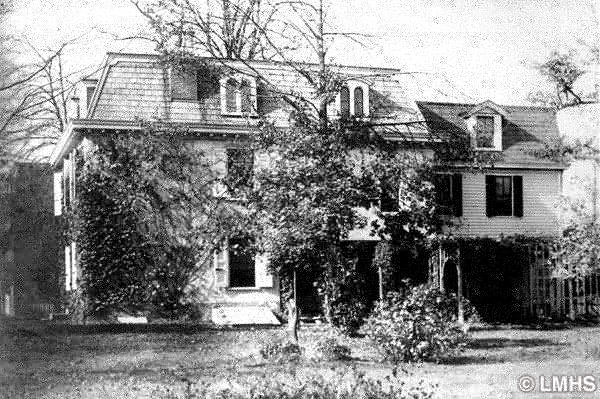


The Revolution
The community provided leadership in our struggle with Great Britain. Charles Thompson, owner of Harriton, was Secretary of the Continental Congress. The Continental Army retreated through the area on September 12, 1777 from the Battle of Brandywine; General Washington stopped at Buck Tavern three days later. In the winter of that year there was a battle here between the American Generals Potter and Sullivan and British Lord Cornwallis.
Humphreysville
was the name of the community at the turn of the 19th century, honoring the Humphrey family who had amassed a large amount of property.
In 1831, Milestone House was built by a member of that family at 845 Lancaster Avenue, in front of the 9th milestone on the original Lancaster Pike. This marker is now located in front of the Ludington Information Center. The home was demolished in 1955.
In 1834, the State Legislature enacted the first common school law and Lower Merion, as the only supporter of the act in the County, opened its first public school in 1835.
By 1858, the town consisted of 21 houses, a two story schoolhouse and many private estates. The town was growing, but it was still a rural community. It was about to undergo profound transformation as it entered a new technological age.

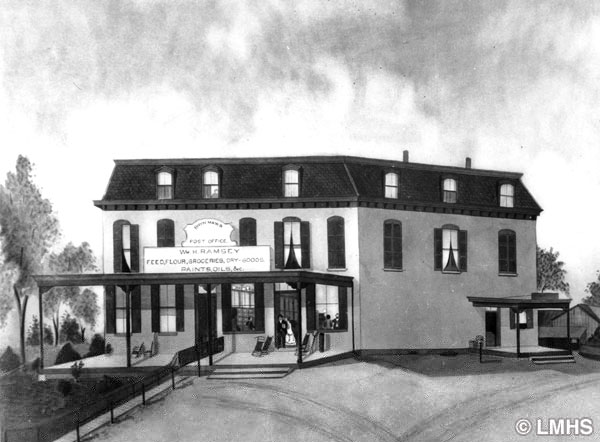
Railroad Expansion
In 1832, the Philadelphia & Columbia Railway constructed its “Main Line” between Philadelphia and Lancaster. In 1859, a station and telegraph office were built at Whitehall (the intersection of Bryn Mawr Avenue and County Line Road). The building remains, now occupied by the Bryn Mawr Hospital Thrift Shop.
In 1857, the Pennsylvania Railroad Corporation acquired the Philadelphia & Columbia. It also purchased all the land bounded by the rail line and named this new development Bryn Mawr. By 1869, this name replaced Humphreysville.
Victorian Summer Resort
With the coming of the railroads, Bryn Mawr became a fashionable summer destination. The White Hall Hotel opened in the 1830s; the Bryn Mawr Hotel in 1871. A number of inns and boarding houses were established to meet the tourist demand during the Centennial Exposition: Summit Grove House, the Humphrey Board House, The Penn Inn, The Pines, The Farmhouse and The Castner House.
The Real Estate Boom
The Pennsylvania Railroad aggressively promoted the town, creating a demand for elegant country residences. Many of the new owners commuted regularly to Philadelphia, preferring quiet country living to the hustle of city life. Thus, Bryn Mawr became one of the first commuter suburbs.
With this influx of population, the institutions which provide support and service for the physical, mental and spiritual well-being of a community were created. By 1900, six churches were established; a post office, hospital, two private schools, a college, the water company and two banks were founded. By 1884, Bryn Mawr was the most populous town in Lower Merion Township with over 300 homes and many small businesses.
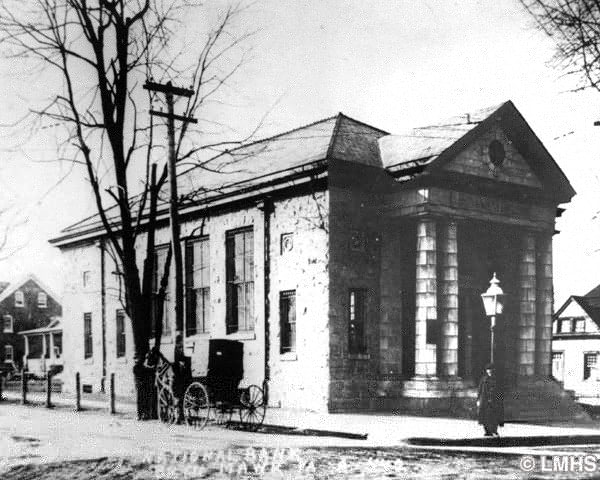
The Automobile Suburb
By 1904, most of the roads which exist today had been completed, under the supervision of the Pennsylvania Railroad’s A. J. Cassatt. The presence of the automobile began to be felt; gas stations were erected; Lancaster Avenue was widened in 1936 to accommodate increased traffic and parking spaces for autos.
During this period, developments of smaller homes were constructed along Lancaster Avenue to provide housing for the working people of the community. They were neighborhoods for the professional class, for small shopkeepers, for the black population and for the Irish and Italian immigrants who came to Bryn Mawr around the turn of the century.
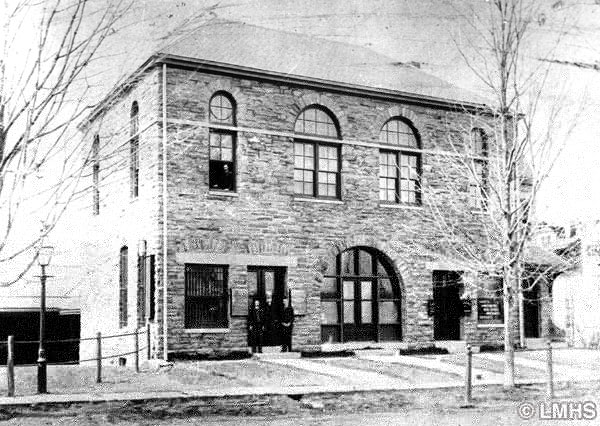
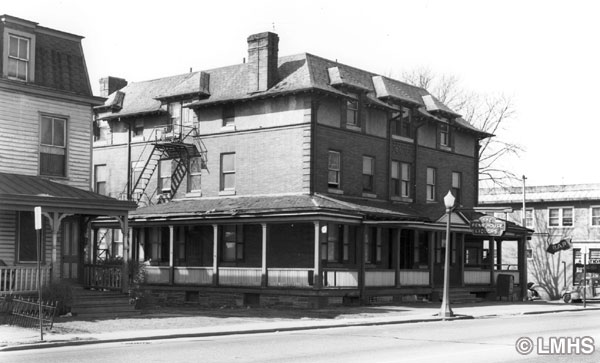
Bryn Mawr Today
A mature, post-war suburb, Bryn Mawr begins a new century with a distinguished history and exciting future. The town has shaken off its sleepy beginnings and now encompasses a vibrant commercial center with the finest small specialty shops in the region. It boasts one of the most beautiful residential areas in the country. However, its greatest assets are the people: captains of industry, doctors, lawyers, business people, artists, teachers, architects, professors, tradespeople with all the skills and resources that are necessary to preserve and expand Bryn Mawr’s impressive quality of life.
